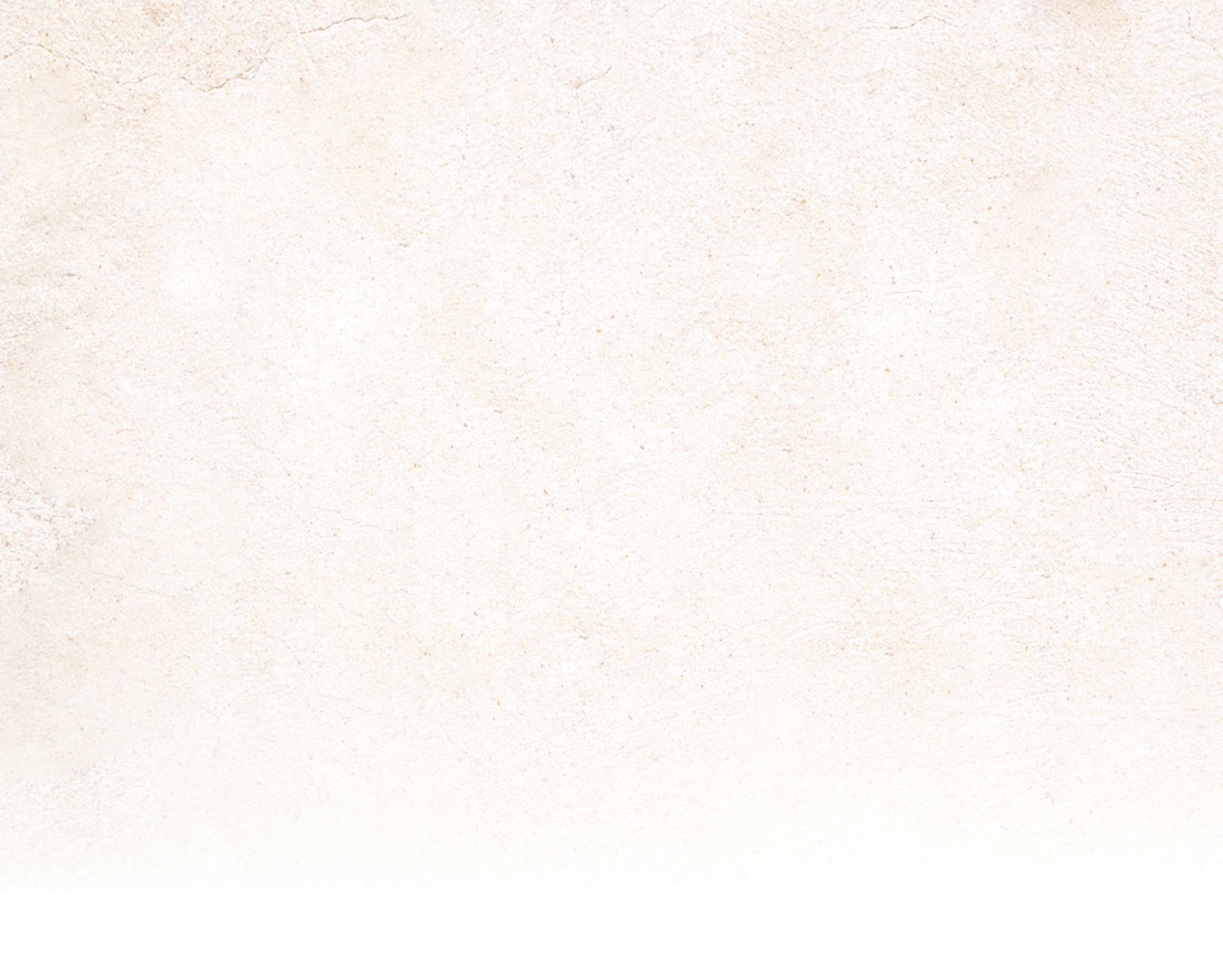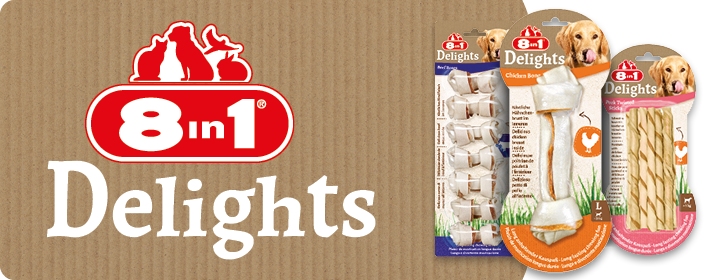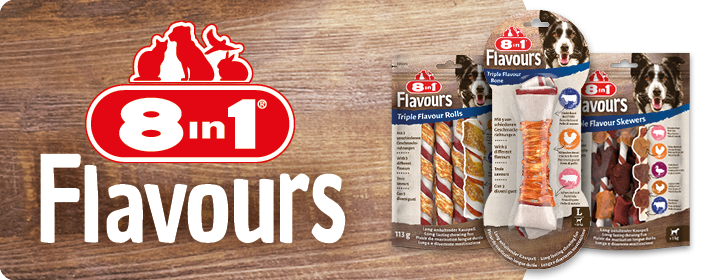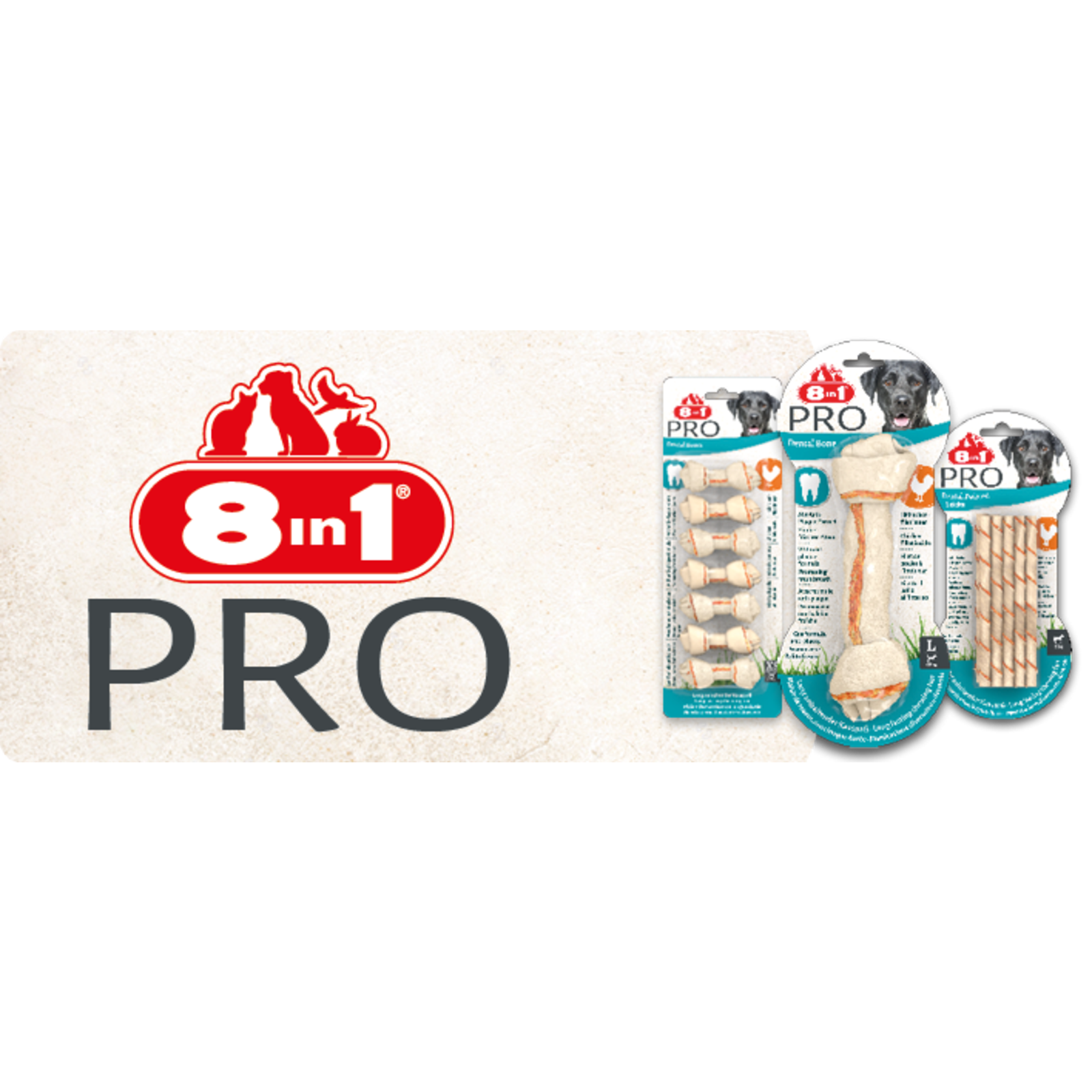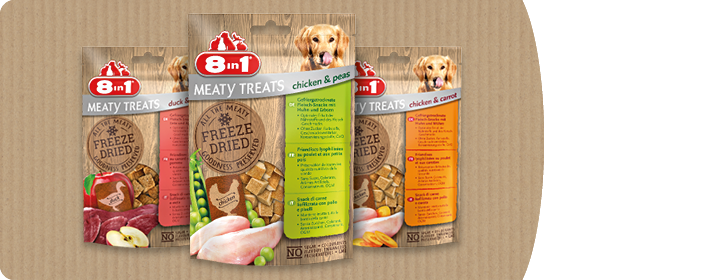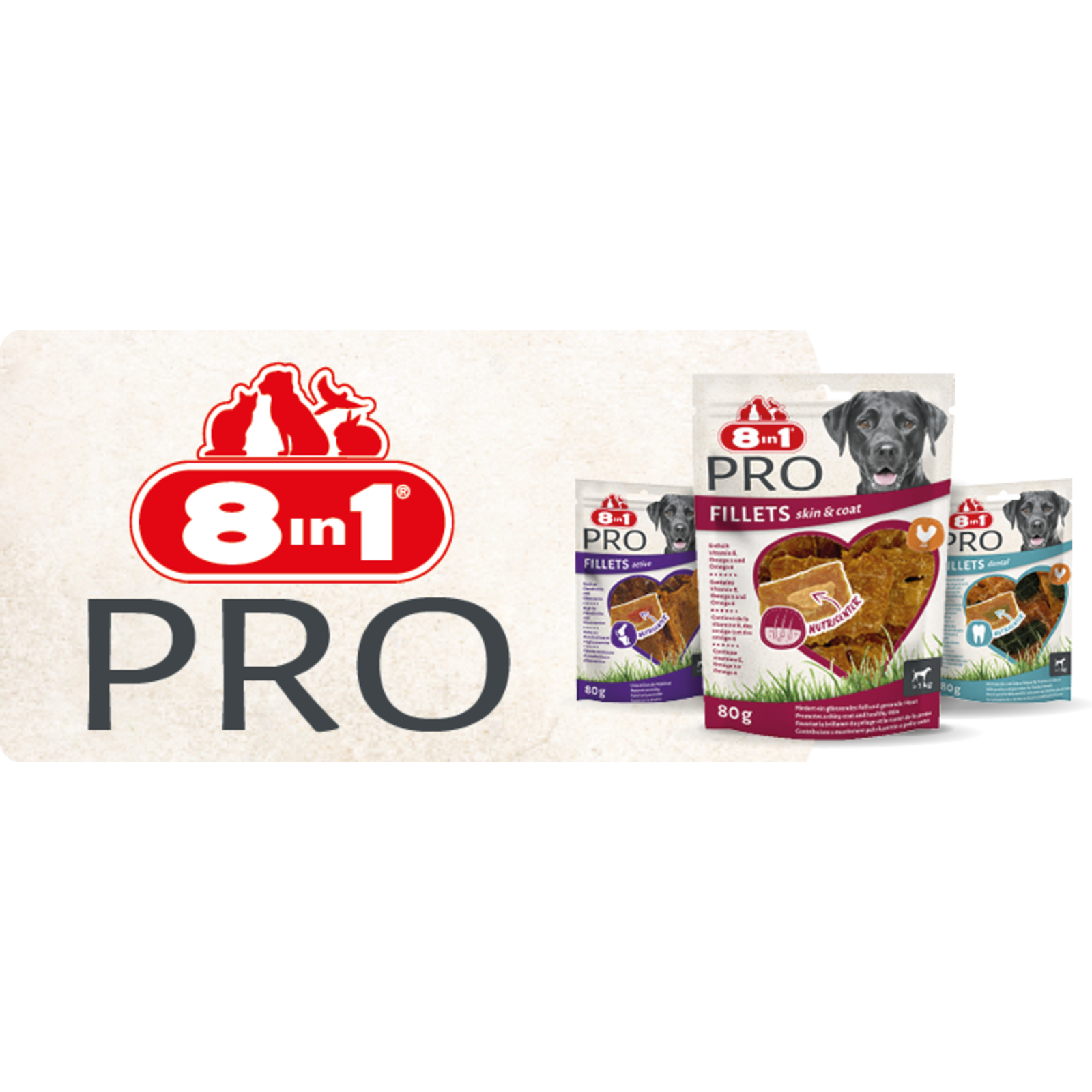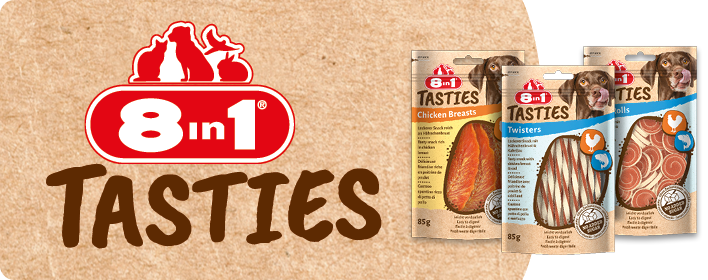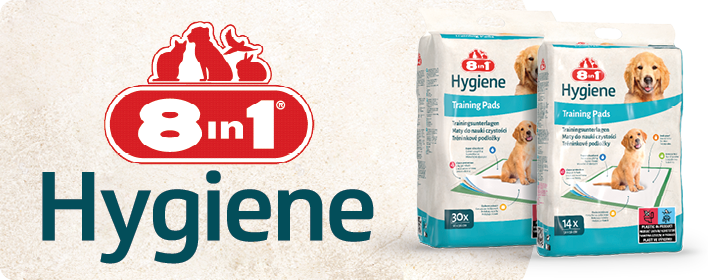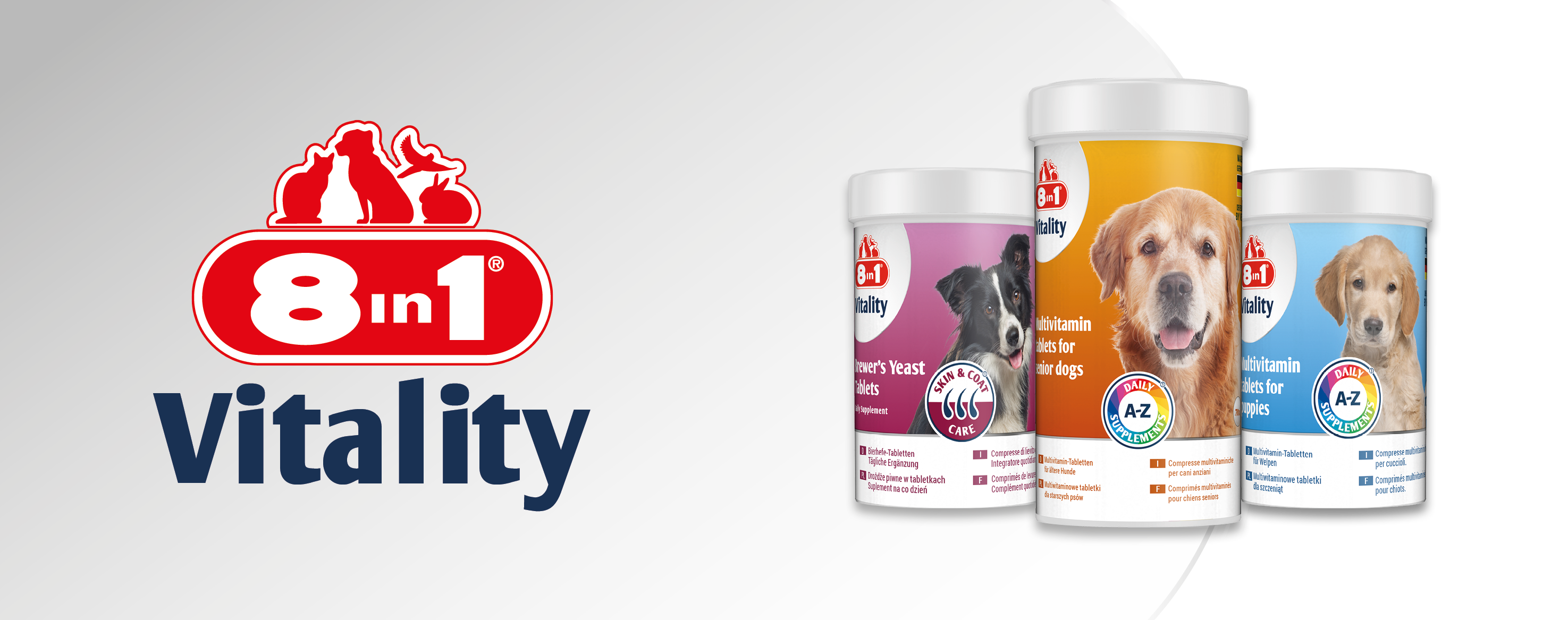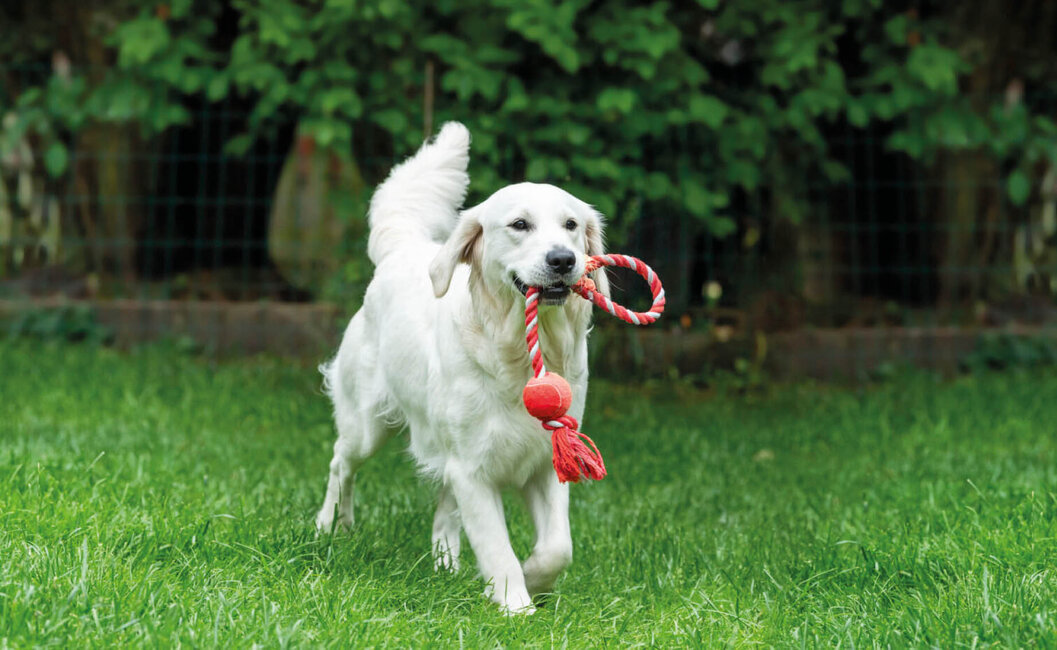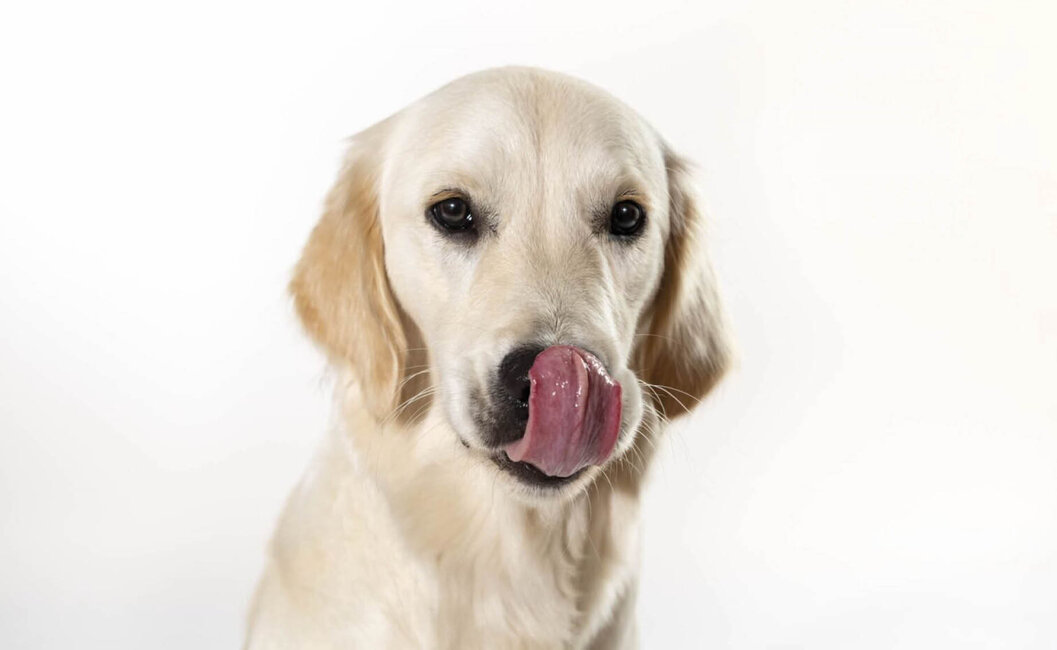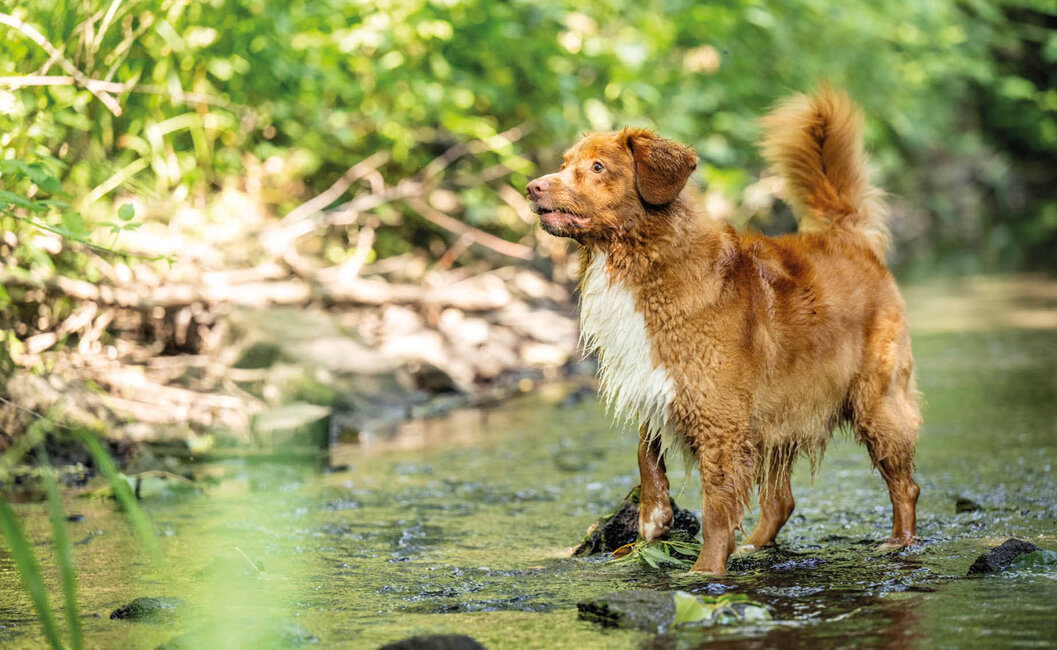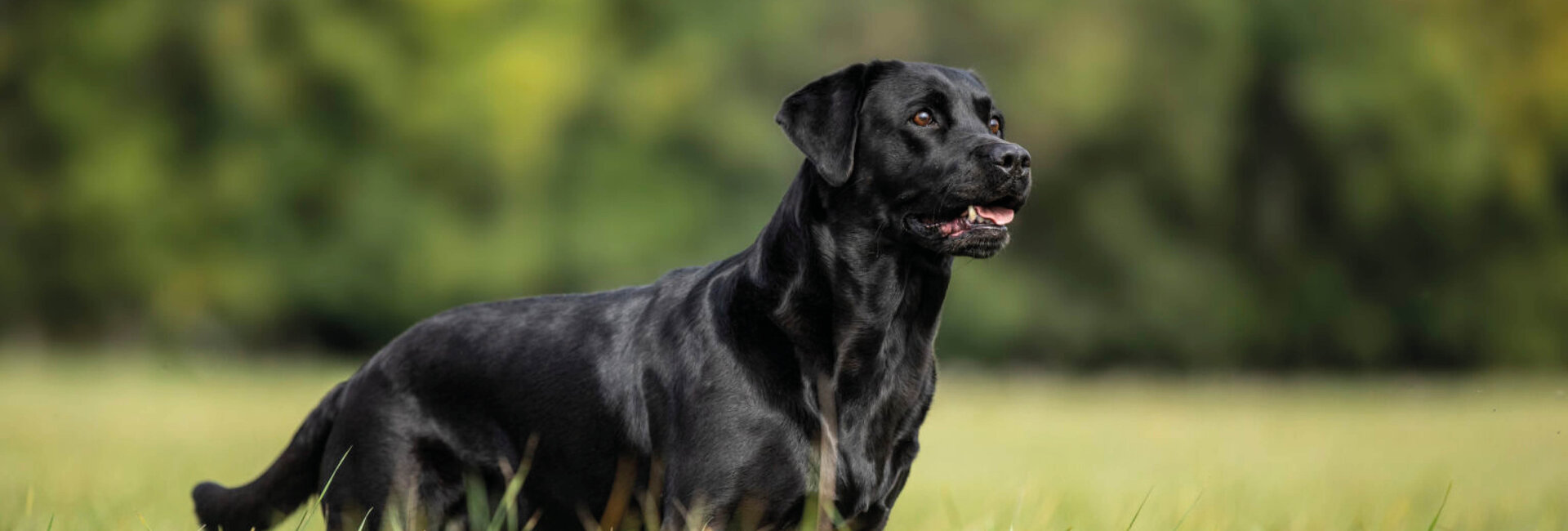


Ideal Body Shape
Unfortunately, there are no set rules as to whether your dog has the ideal body shape and weight, as these depend not only on the breed and the size of your dog but also on your dog’s individual body structure. However, there are a few tips and guidelines that you can use as pointers to establish whether your dog’s weight is normal or whether he is too fat or too thin. Examine your dog closely and run your hands over him. His weight is considered normal if you can feel his ribs beneath a thin layer of body fat. The same goes for the bones at the base of the tail.
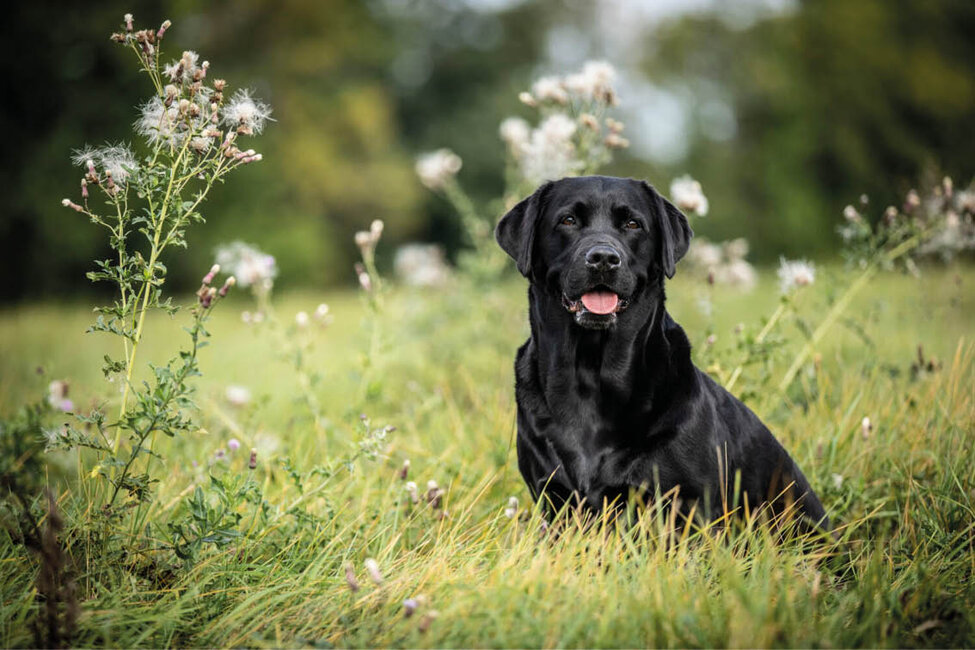
When viewed from above, you should also be able to observe a clearly defined waist. When a dog is too thin, depending on how badly underweight he is, the healthy layer of fat becomes thinner and thinner until there is no layer of fat left. The ribs become increasingly visible, the spine can be easily felt and the body has a hollow appearance when viewed from above. The opposite occurs when a dog is too fat. Depending on how badly overweight the dog is, the layer of fat becomes larger so that the ribs are not easily felt and rolls of fat form at the base of the tail. When viewed from above, the back will also look anything from slightly to extremely broad and the waistline is non-existent. In addition to this combination of visual indicators and “touch tests”, there are also, of course, breed-specific weight guidelines that you can follow. However, even here, bear in mind that a dog’s individual ideal weight can deviate from the norm. If you want to be sure about your dog’s weight, you should talk to your vet or breeder.


